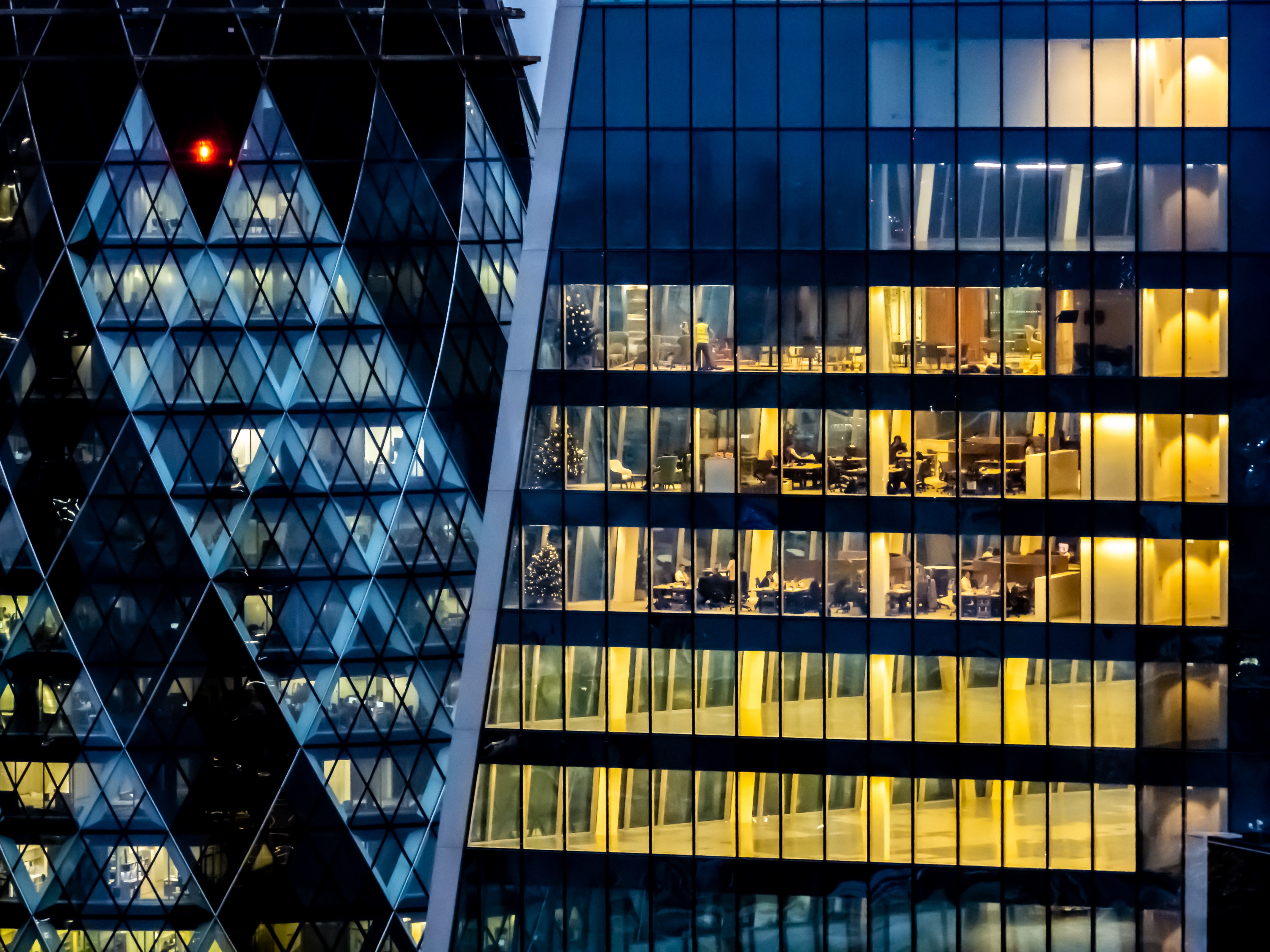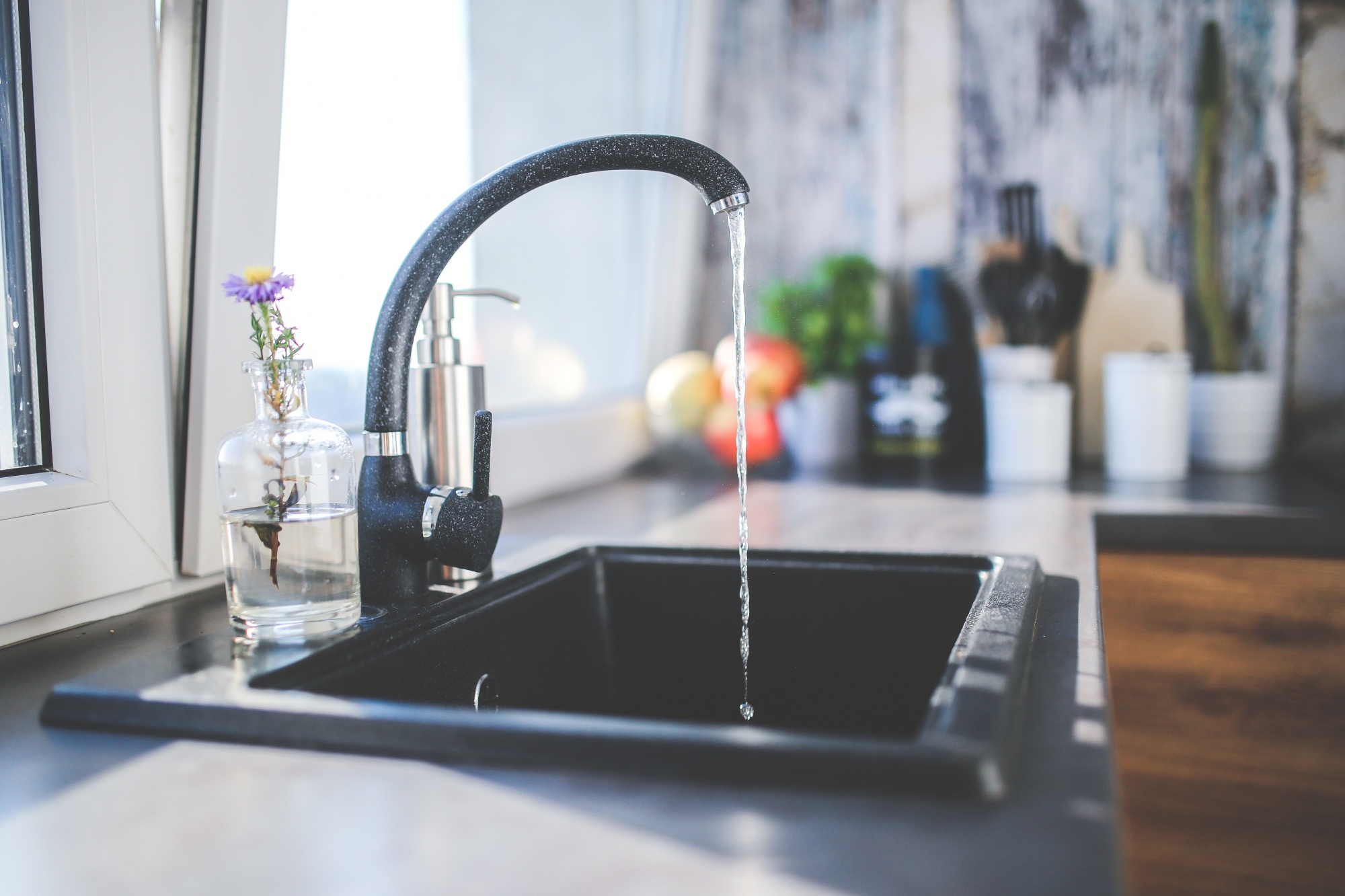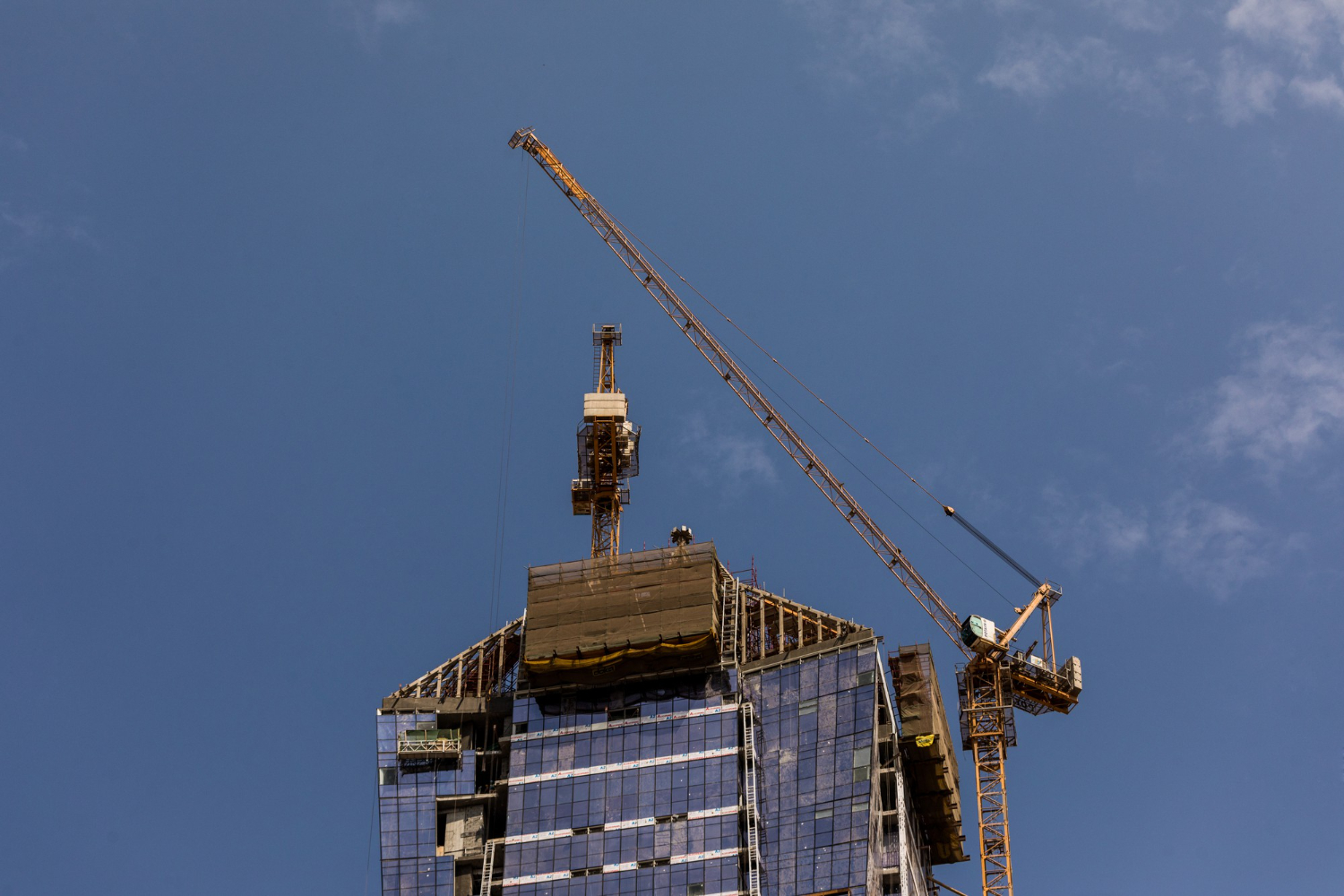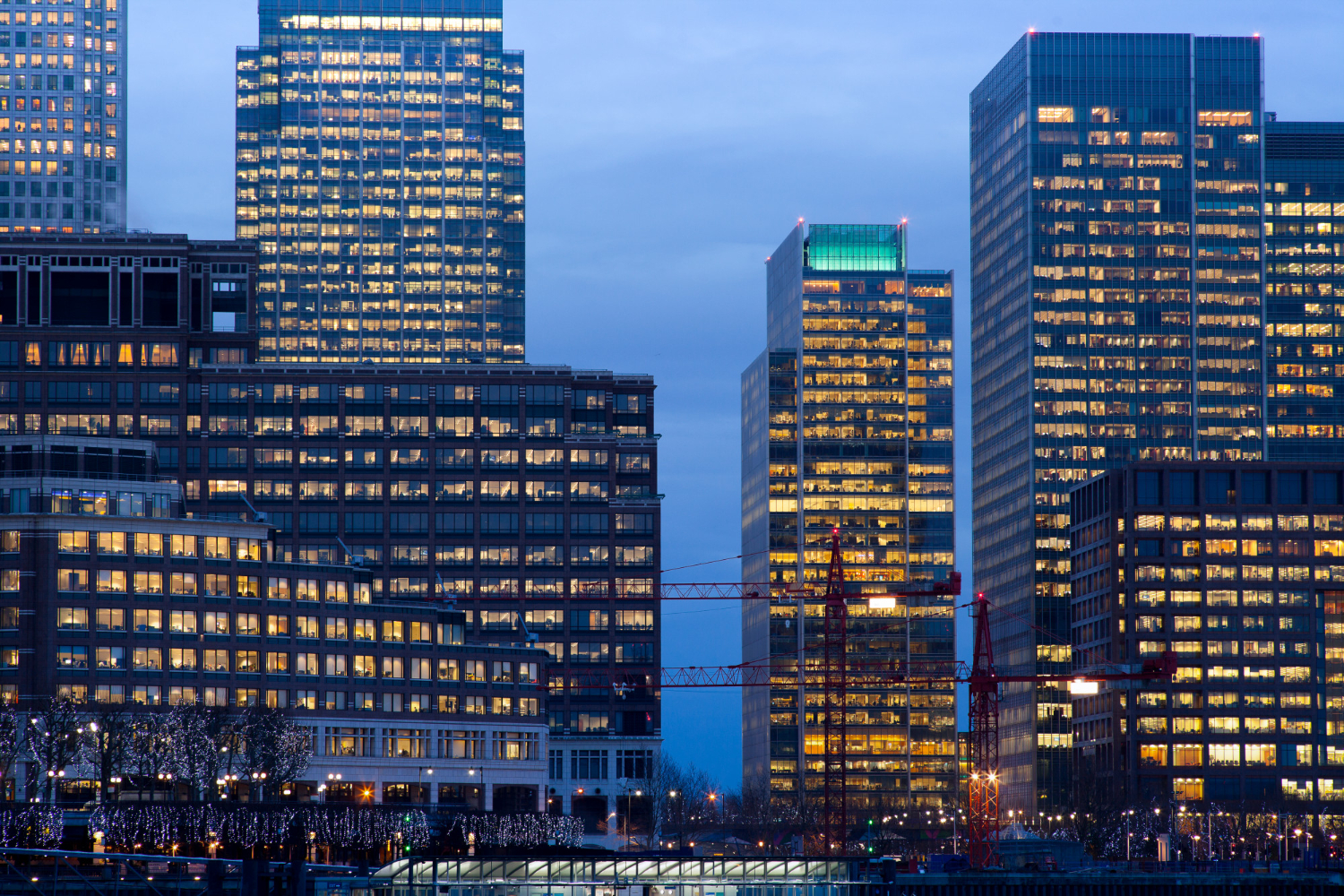

The importance of energy efficiency for your business cannot be overstated, especially during these unpredictable and budget-stretching times. The energy market remains volatile, and businesses are struggling to find ways to reduce overhead costs while staying competitive in the sustainability arena.
Energy efficiency is a key part of the conversation, but how, and why, should businesses explore this?
Becoming more sustainable
Firstly, customers are demanding more from businesses on sustainability, and failing to act now could result in losing commercial success to more sustainable partners.
Moreover, businesses that have already set ambitious sustainability targets to address this growing pressure need to reduce their Scope 1 and 2 emissions, reducing carbon in their own processes and energy usage. Businesses may even be aiming to become net-zero, and energy efficiency can play a significant role in achieving this goal.
Save money by becoming energy efficient
There are also significant cost benefits to becoming more energy efficient.
By reducing waste, businesses can cut total energy bills, freeing up their budget. By reducing carbon emissions at the same time, businesses don’t have to choose between the demands of the planet and profit.
Improved energy efficiency can help achieve both goals, and businesses might already have the data they need to act.
Using data
So where can businesses find the data they need to become more energy efficient? To make a start, businesses need their energy usage data. Reviewing energy bills or smart meters could give an idea of how much energy is being used. If businesses don’t have the information readily available, their supplier should be able to supply them with usage data.
Detailed analysis of energy data can help businesses cut waste by pinpointing where energy is being used and when. By identifying peak usage periods, businesses can ensure they’re only using the energy they need, such as by using task lighting. They can also address the misconception about ‘vampire devices’ by identifying where appliances on standby could be switched off, saving energy they don’t realize they’re using.
Reducing costs with energy efficiency can be a quick fix. For example, switching to LED lighting can reduce lighting electricity costs by up to 80%. But long-term fixes can help businesses save money too. By managing usage according to peak periods and areas of high heat, power or cooling demand, businesses can keep their spending under control.
They can also identify which devices to replace with more energy-efficient versions. The more energy-efficient the device, the less waste it’ll produce, saving businesses money in the long term by only using the energy they really need.
Multi-site energy efficiency
Lastly, businesses can use energy monitoring to manage their total spending if they have multiple sites. They can put together a full picture of their usage across their whole estate, manage their energy usage accordingly and identify opportunities for savings overall.
By becoming more energy efficient, businesses not only save costs but also reduce their carbon footprint. Lowering energy demand also means businesses are reducing the quantity of non-renewable energy they consume, leading to lower Scope 2 emissions.
Now is the perfect time to become more energy efficient. Businesses can make significant cost and carbon savings by transforming their operations today. If you’re looking for support with your energy centres, depend on Balance Mechanical.




